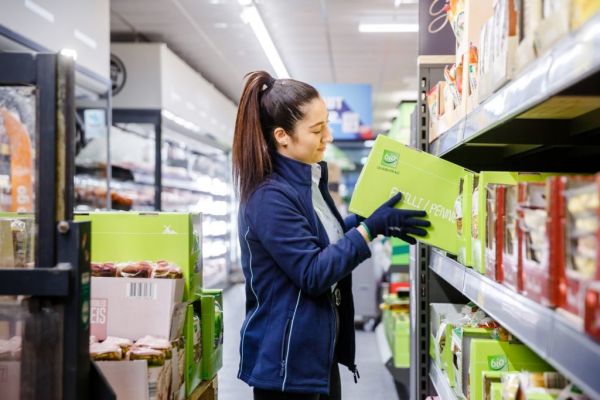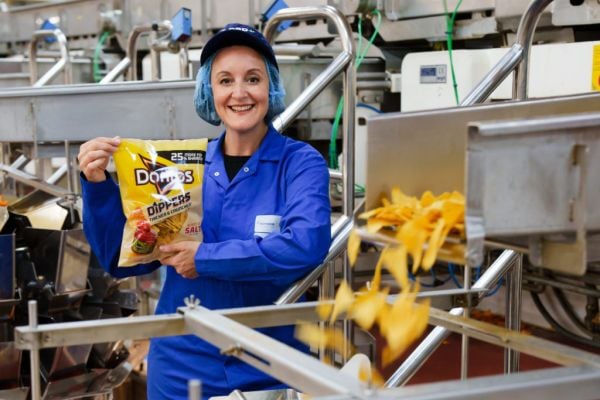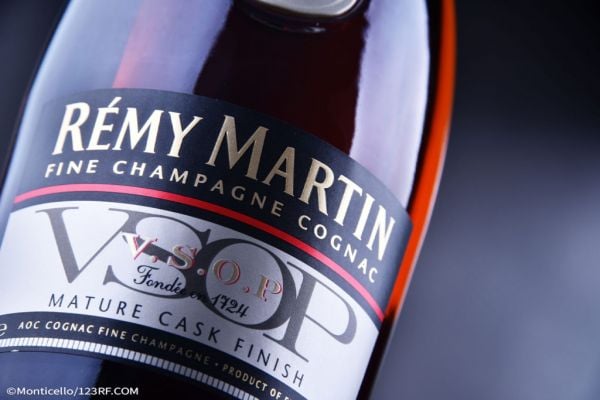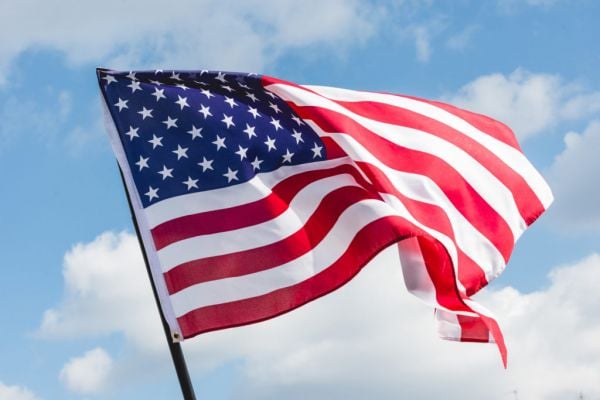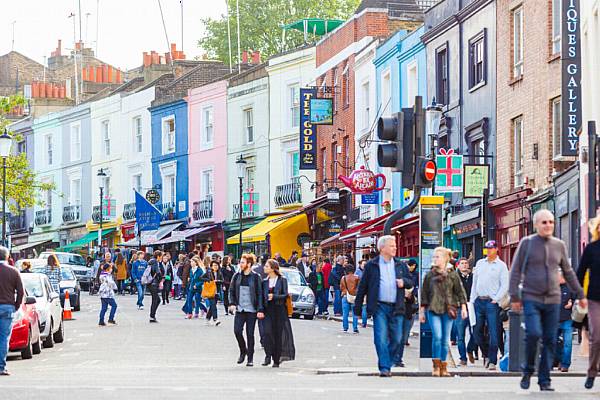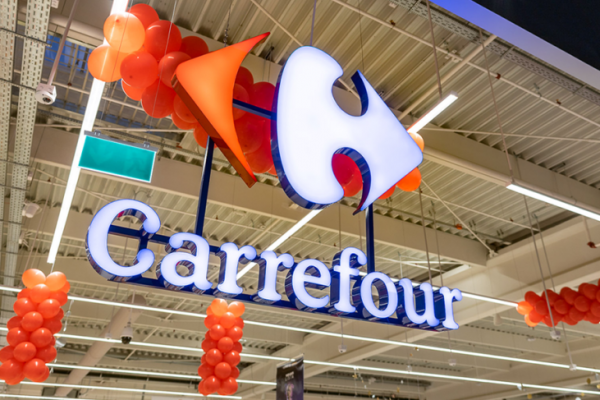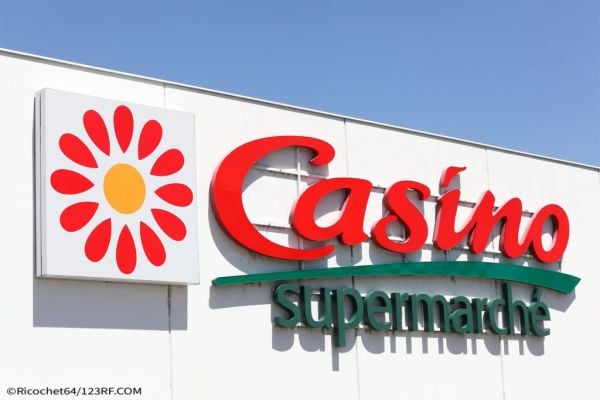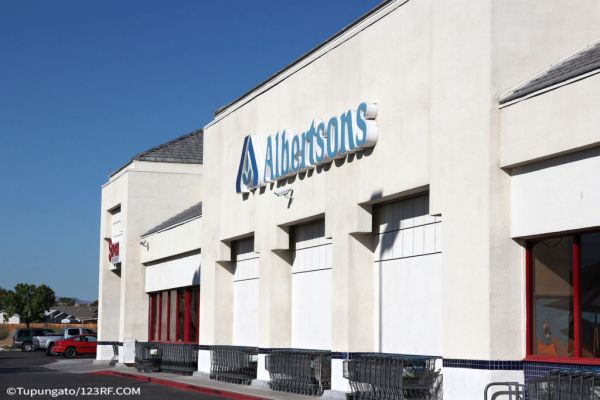New research from IGD has shown that the discount channel will account for 43% of retail growth across Europe and will add €34 billion in sales from 2020 to 2022.
Discount is the second-largest and fastest-growing grocery retail channel in Europe and while it has been consistently gaining share in recent years, shoppers increased focus on value, accelerated by COVID-19 and the advancement of developing markets in Eastern Europe, see the channel taking centre stage across the region.
Maxime Delacour, Senior Retail Analyst, who heads up discount research at IGD, shares information on the Top 10 European discounters and highlights the priorities for each over the coming year.
1 – Lidl
With 2020 sales of €94.1 billion, 11,428 stores and a 7.7% CAGR, Lidl is Europe’s largest retailer and offers the strongest growth opportunities in the region, with €15 billion additional sales to 2022.
The retailer is particularly focused on its operations in France, Germany, Poland, UK, Italy, Spain and Romania and with more stores planned to open in urban locations, suppliers should focus their capability in these markets and explore new opportunities for products suited to urban locations. It’s worth keeping an eye on the Lidl Plus app, which could offer opportunities for new marketing mechanics.
2 – Aldi Süd
Sitting at number two is Aldi Süd, with sales of €41.4 billion in 2020 and a CAGR of 6.2% for the 2020-2022 period. The retailer has experienced a slowdown in growth in Germany, due to increased competition from supermarkets, so it’s important to keep a firm eye on what the retailer is doing internationally.
Strong opening plans in the UK and Italy will contribute the most to the group’s growth in the next two years and accuracy of volume forecasts will be paramount. E-commerce developments are also accelerating, led by the UK and the US. Aldi Süd could roll out a grocery e-commerce solution in Europe as early as 2021.
3 – X5 Retail Group
With 16,695 stores and sales of €20.6 billion in 2020, X5 Retail Group will continue its strong expansion plans for the next few years. For success, the retailer must ensure its supply can continue to cope with strong year-on-year volume growth.
Two key things for suppliers will be to ensure alignment with the retailer’s shopper value proposition as it tailors to local catchment needs, while also understanding the operational upgrades required to monitor and conserve product quality from supply to store.
4 – Aldi Nord
With 4,779 stores and a CAGR of 8.7%, Aldi Nord's growth to 2022 has been inflated by the acquisition of Leader Price in France, which is hiding its struggles in several markets, including Denmark, the Netherlands and Belgium.
However, the ongoing merger of sourcing operations with Aldi Süd in Germany is expected to improve efficiency and price image and could put back Aldi Nord on a sustained growth trajectory.
5 – Mercadona
In fifth place, the market leader in Spain, Mercadona, is forecast to generate sales of €27.6 billion by 2022. The retailer is all about produce quality, something that it claims helps to increase its competitive edge.
Mercadona is committed to stocking local products and the opportunity for suppliers is to help the retailer evolve its range to enhance quality and the scope of the fresh food offer. The retailer is also continuing to expand online by opening dark stores near city centres.
6 – Biedronka
With 2020 sales of €14 billion and a CAGR of 9.9% to 2022, Biedronka is focusing half of its 100 new stores in 2021 on a new, smaller format and suppliers’ products must fit the convenience shopper requirements. The retailer is likely to evolve its range to accommodate more shopper missions and online is a particular area of focus.
Biedronka is selling more online via partnerships with food delivery services like Glovo and Everli. Sustainability is a priority for the retailer, so products that champion sustainable sourcing and eco-packaging will be well received.
7 – Netto Marken-Discount
With a CAGR of 3.2%, we’re forecasting sales of €15 billion for Netto Marken Discount in 2022. The retailer has been focusing on upgrading its existing store network to improve shoppers’ perceptions of quality.
Edeka-owned Netto Marken-Discount remains the only major food discounter in Germany to offer online grocery, and with no international operations the retailer is increasingly tailoring its model at a regional level. As such, supporting local communities and suppliers are strongly embedded in the retailer’s strategy.
8 – Penny
Penny’s sales are forecast to hit €14.1 billion in 2022. The discounter continues to evolve its business towards a more supermarket-like model by increasing the size of its assortment and enhancing stores.
The focus on value remains key but innovation is also important and should be considered. Penny has launched e-commerce operations in Italy and the retailer could also be looking to enter the online market in other countries.
9 – BIM
Around 66% of BIM’s €7.2 billion worth of sales came from private label in 2020, and the retailer is still exploring its expansion into more categories – so finding out where the retailer under indexes in its own-brand will provide opportunities for suppliers. Although the retailer operates with a limited number of suppliers, manufacturers must be competitive on price to be listed.
BIM continues to open around 500 new stores each year, so suppliers need to be prepared to cope with growing volume demand.
10 – Action
IGD forecasts Action will generate sales of €7.7 billion in 2022, representing a CAGR of 16%, making it the fastest growing discounter in Western Europe and CEE. Therefore, trading with Action means evolving and adapting at a very fast pace to ensure supply. More than 320 stores are expected to open to 2022, only second to Lidl (in Western Europe) and this number is likely to be higher as new market entries are expected.
France is now Action’s largest market and Germany should become number two. Its disruptive role is growing and is impacting many retailers. Click and collect services have also been rolled out in the Netherlands with further markets to come online during 2021.
It’s All To Play For
While the discount channel’s growth may be slowing in some mature markets like Germany and the Netherlands, other countries including Turkey, Russia and Poland are expected to post double-digit growth, creating new opportunities for food and drink suppliers.
In addition to the big players, there are several market-leading smaller to medium-sized operators like Demnark's Netto, REMA 1000 and DIA that play a crucial role in their regional markets but also to the growth opportunities to the channel as a whole.
About The Author
Maxime Delacour, Senior Retail Analyst, IGD
Maxime leads IGD’s research on the discount channel globally. He looks for the best practices and latest concepts to help manufacturers and retailers identify opportunities in this channel.
Find out more about the future of discount in Europe, visit https://retailanalysis.igd.com/sign-in/the-future-of-discount-in-europe
© 2021 European Supermarket Magazine. Article by Maxime Delacour. For more Retail news, click here. Click subscribe to sign up to ESM: European Supermarket Magazine.
